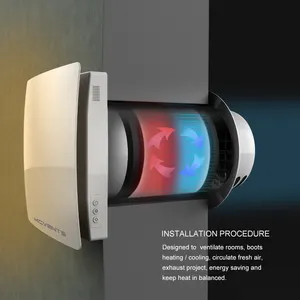Understanding Venting Devices
A venting device is an essential component used in various systems to allow the safe and efficient escape of gases, vapors, or steam. These devices play a crucial role in maintaining the desired pressure and preventing hazardous accumulations in enclosed spaces. The proper installation and function of venting devices are imperative for health, safety, and regulatory compliance in numerous industries.
Types of Venting Devices
Venting devices come in a variety of types, each designed to handle specific conditions and applications. Here is a list of common types:
- Pressure Relief Valves: Automatically release pressure from a system to prevent tank rupture or explosion.
- Vent Pipes: Facilitate the free flow of air and gases in and out of tanks or vessels, balancing pressure effectively.
- Atmospheric Vents: Allow for unrestricted airflow in open systems, typically used in water heating systems or chemical storage.
- Flame Arrestors: Protect against the ignition of gases or vapors by using a barrier that quenches flames.
Applications of Venting Devices
The applications of venting devices span across multiple industries, reflecting their versatility and essential nature:
- Oil and Gas: Used extensively in oil rigs and refineries to manage hazardous gases and maintain safety standards.
- Food and Beverage: Ensures that pressure levels remain stable during fermentation processes and product storage.
- Pharmaceuticals: Critical for handling volatile substances safely within manufacturing facilities.
- Wastewater Treatment: Helps manage odor and gas emissions during treatment processes to ensure environmental safety.
Features and Advantages of Venting Devices
Venting devices are engineered to operate efficiently while ensuring safety. Here are key features and advantages:
- Safety: Minimize the risk of explosions or system failures by effectively managing pressure levels.
- Durability: Constructed from high-quality materials that resist corrosion and environmental wear.
- Efficiency: Designed for optimal performance, improving system reliability and reducing maintenance costs.
- Regulatory Compliance: Ensure systems adhere to industry regulations, protecting businesses from legal implications.





















































